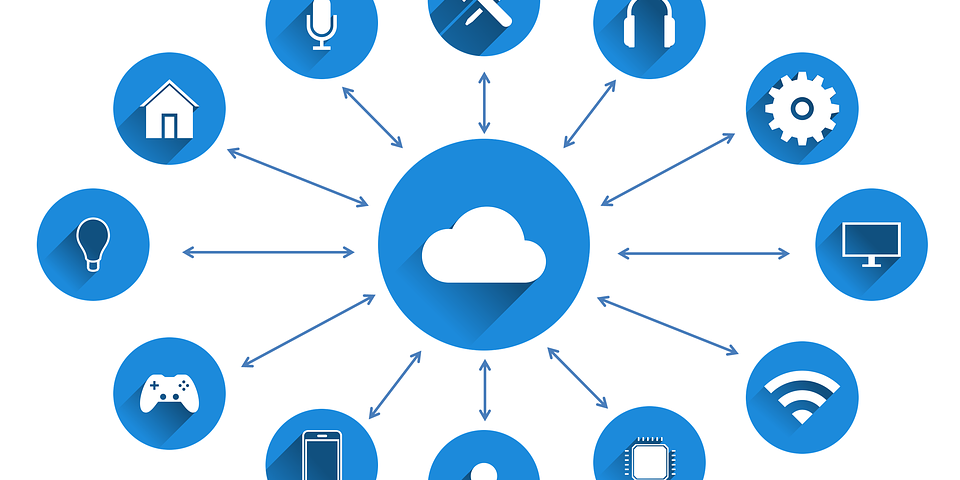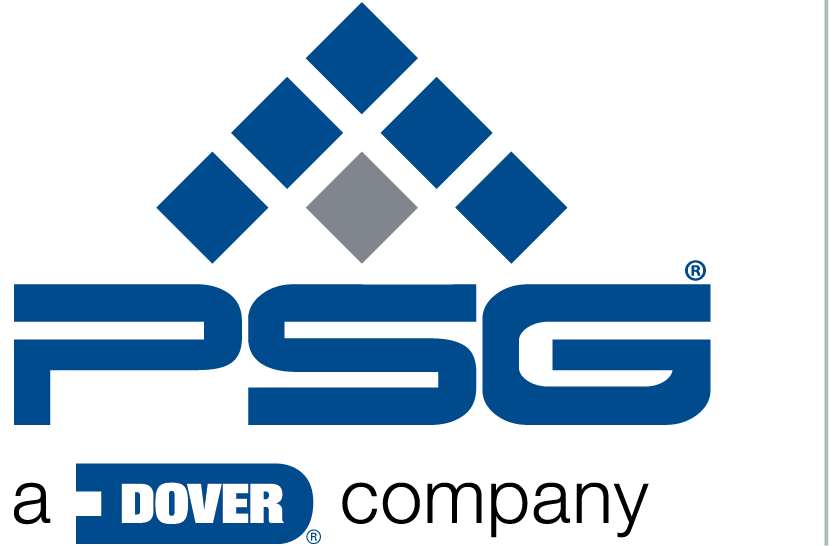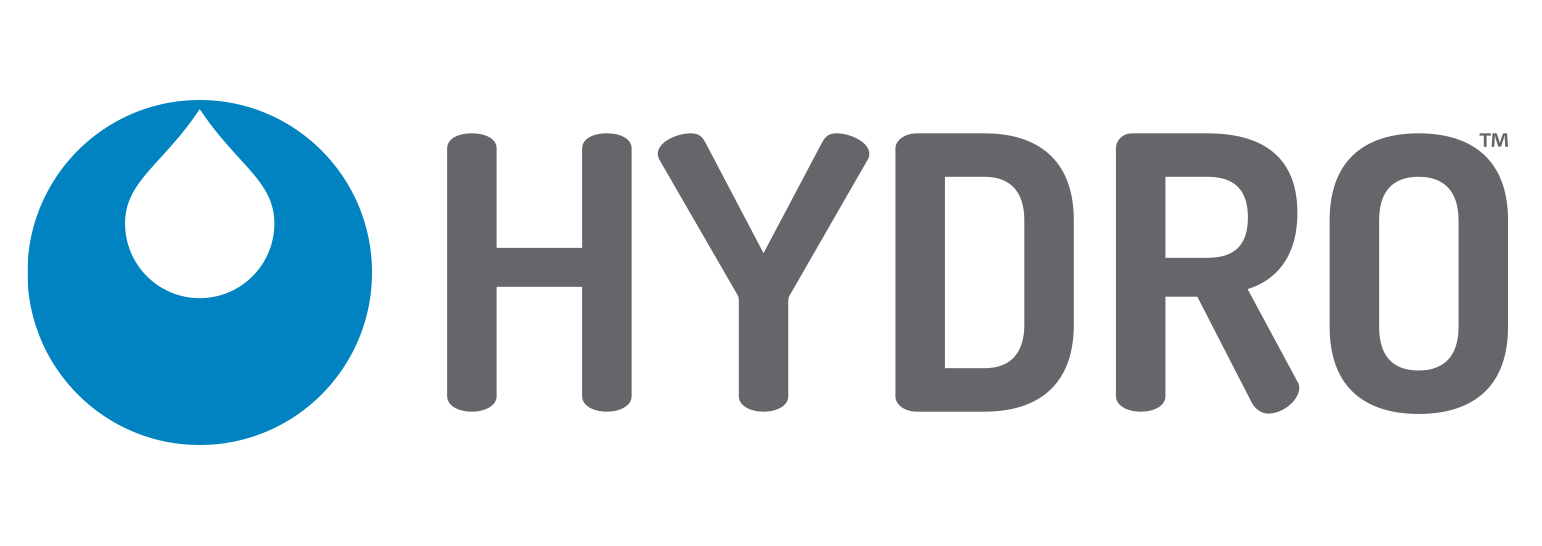Site translations now available in Spanish and German
Taking Technology to New Heights

Serge’s Sentiments
In 2015, there were more than 15 billion devices connected to the Internet of Things (IoT), but this number is expected to grow considerably in the next several years. Today’s technology advancements are allowing businesses to rethink the way they operate by simplifying processes and gathering data to encourage continuous improvement. But is your business prepared to integrate these new technologies?
I’m taking a closer look at best practices for implementing the IoT into your operations. These include:
- Implementing technology that supports your business goals
With the IoT, the possibilities seem endless, but that doesn’t mean that your organization needs to deploy every solution available. It’s crucial to conduct a cost-benefit analysis to determine the direct and indirect costs associated with the technology, as well as the anticipated revenue and even non-monetary benefits like improved compliance and customer satisfaction. For example, a restaurant may decide that smart dishwashing dispensers will be a better investment for the back-of-house than installing smart light bulbs.
- Ensuring your information is secure
It’s estimated that 2.5 quintillion bytes of data are generated daily via the IoT.[1] With so much data needing to be transmitted and stored, it’s essential to ensure it remains secure. Making IoT devices tamper-proof or tamper-evident can reduce interference with data collection. Companies should also make sure their networks are secure, rely on user authentication, and conduct data privacy training among those who will be accessing, storing and sharing the data.
- Preparing for challenges ahead of time
There are several road bumps you may face when implementing IoT devices. With numerous protocols in place, and no single common standard to use, companies must plan ahead to ensure that their technology is compatible with the IoT platform. For example, adding sensors to existing machines may seem like a simple solution, but it could lead to connectivity or incompatibility issues. Choosing devices that already incorporate the IoT, like Hydro’s Dositec Electromagnetic System, can help smooth this transition and prevent or limit difficult challenges.
- Harnessing your data
With the IoT, an increasing amount of data is now available. However, simply collecting data is not enough. In fact, a study found that many companies only use 10 percent or less of data harnessed from the IoT.[2] We must know how to analyze it and use these insights to better our operations. By choosing a partner that is an application expert or total solutions provider, you will benefit from services offered from the time of implementation all the way to after-sales support. This will drive enhanced efficiency and additional cost savings for years to come.
The IoT is here to stay, and I’m thrilled to be speaking about it in more detail at the ISSA North America show in Dallas this month. My seminar “Competing In a Data-Driven World: IoT and the Information Your Business Needs to Succeed” will take place on Monday, Oct. 29, 2:15 – 3 pm, in room C155 of the Kay Bailey Hutchison Convention Center.
What types of IoT innovations is your business adopting? What impact will they have on the way you operate? Share your thoughts with me via LinkedIn or via email at serge.joris@hydrosystemsco.com.
Serge Joris
President, Hydro Systems
Related Posts
PSG

Cincinnati, OH 45244

Cincinnati, OH 45244
For new product, event and industry updates:
By entering your email you agree to receive marketing messages from PSG Hydro. You may unsubscribe at any time.
Hydro Resources
Hydro Resources
© 2023 PSG All Rights Reserved | A Dover Company | Privacy Policy | Cookies | Terms of Use











